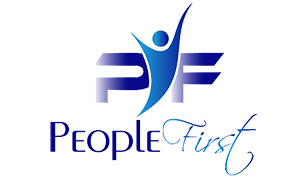
Leadership Roles
I recently attended a conference and several managers were discussing their jobs. They all agreed that the biggest frustration was dealing with the people issues. One individual stated “Wouldn’t the job be great if we did not have to handle all these people issues?”
Several others agreed and many laughed. However, one manager stood out and stated, “You know ladies and gentlemen, if we didn’t have the employees, we wouldn’t have a job.” It was interesting to observe the expressions on several faces in the group. He went on to say that although sometimes extremely challenging (and we all know that) it is what makes the job so great, he lightened the mood by saying “and that’s also why we get paid the big bucks.”
But seriously speaking as a leader of employees, we must assume different roles at different times in our interaction with our employees. These roles are coach, mentor, trainer and supervisor. The difference between the successful and the less successful leader is the amount of time spent in each role.
A successful leader will spend 80 percent of his or her time as a coach and/or a mentor while the less successful leader spends 80 percent of his time in supervision and training. As a leader, we understand each employee goes through these four roles with us.
When an employee is new, our role is typically more as a trainer. We have to teach them how to perform the job, what the company policies are, and what our and the company’s expectations are of them.
Once the employee understands the job, our initial training is completed. We then move into supervision to ensure the employee knows and understands his or her job. Based on this supervision, we may have to back up into the training role again to correct weaknesses.
But after a period, as the employee grows, we then become a coach; our final role is mentor, showing the way. As a coach, we are motivating them and helping with the big picture. Finally, as a mentor, we are establishing the path for them to follow.
The successful leader understands these roles and how each employee goes through them. They understand they have to adapt and change roles based on each individual employee they manage. They may be coaching one employee only to turn around and spend 15 minutes training the next and then become a mentor to a third. But what a great feeling it is to see someone you trained, coached and mentored move up the ranks and make it in their own right. That is what makes the job so great!
